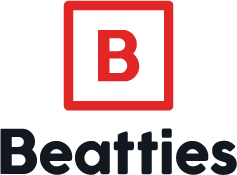If your business is like most, you still rely on paper documents in your day-to-day operations. However, many companies are benefiting from converting these documents into digital versions and working with them electronically through document management. Are paper documents bogging down your workflows and business processes, while hampering your regulatory compliance? To determine whether it’s time for your organization to implement a document management solution, here are some of the warning signs to be aware of.
TOO MUCH HUMAN ERROR
To error is human, but in business mistakes cost money. By automating manual filing processes through document management, you will eliminate human error and put an end to lost or misfiled documents and missed deadlines.
TOO MANY VERSIONS OF YOUR DOCUMENTS
Wondering whether you’re working with the right version of a document can be extremely frustrating. Even worse, employees working on different versions of the same document is counterproductive. Document management provides version control, ensuring you are always working on the most up-to-date version of a particular document.
TOO MUCH TIME SPENT LOOKING FOR DOCUMENTS
Time spent looking for documents is time that could be spent more wisely. When the amount of time searching is significant, it is negatively impacting your employees’ productivity. Document management eliminates manual searches by enabling you to search your files digitally by keyword, which takes much less time.
TOO LITTLE AUDIT PREPAREDNESS
Many industries face regulatory requirements they must comply with when it comes to protecting, storing, and archiving their documents. With a document management solution, your business will be prepared in the event of an audit by ensuring the secure, compliant retention of your documents and quick, easy access to audit information.
If your workplace is exhibiting one or more of these signs, you’d benefit from implementing document management. Contact us today to learn how we can customize the perfect solution to meet your organization’s unique needs.





